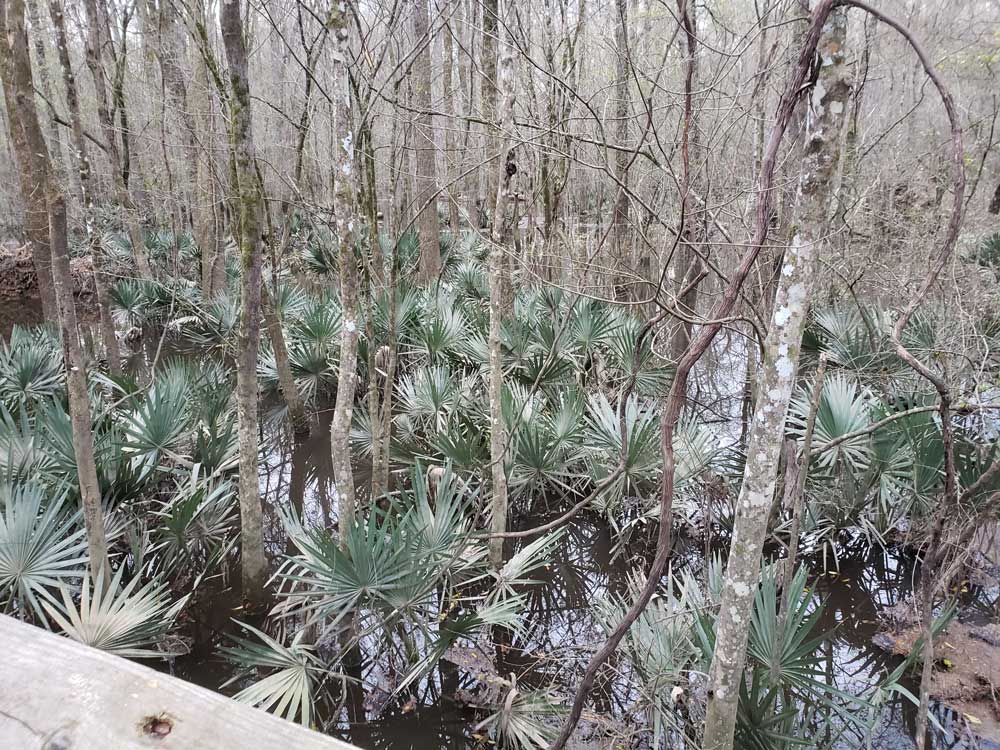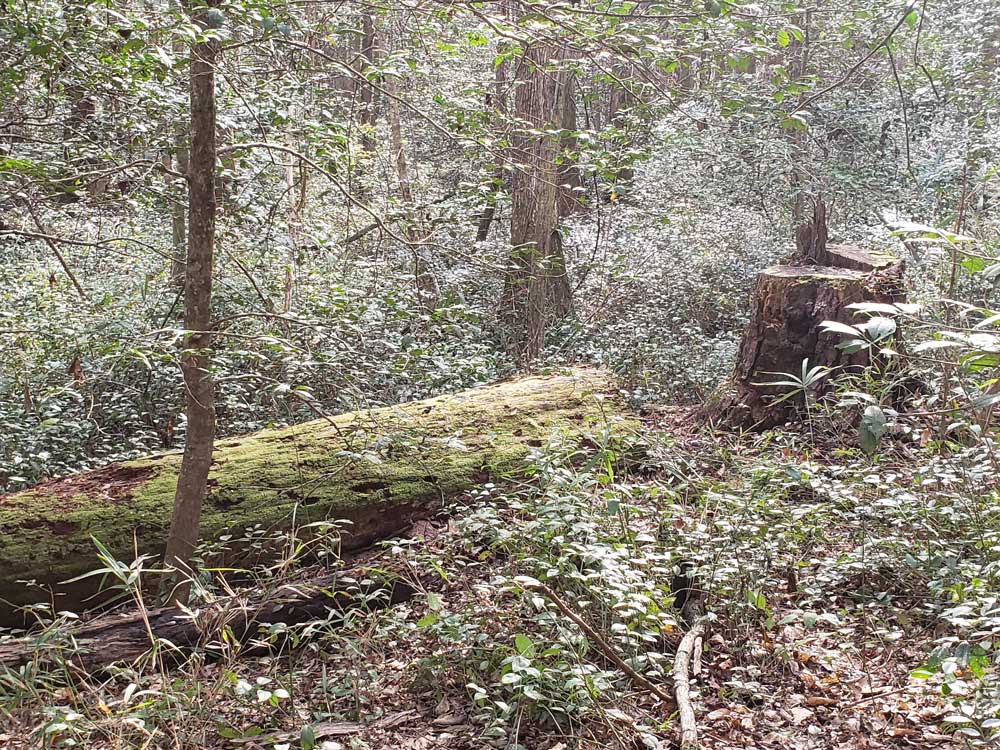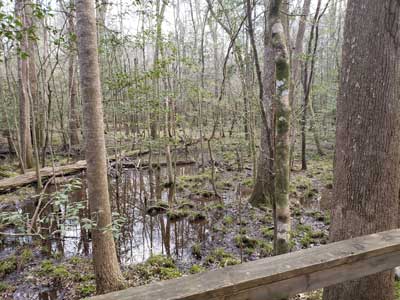Park preserves the largest tract of old growth bottomland hardwood forest left in the United States. The lush trees growing in its floodplain forest are some of the tallest in the eastern United States, forming one of the highest temperate deciduous forest canopies remaining in the world
General Information
Harry Hampton Visiotr Center
9am to 5pm daily
How to Get There
From Columbia (17mi) Follow SC-48 E and Old Bluff Rd to National Park Rd in Hopkins 27 min (17.7 mi). Turn right onto National Park Rd
Overview
Congaree National Park is a 26,276-acre (41.1 sq mi; 106.3 km2) park in central South Carolina, 18 miles southeast of the state capital, Columbia. The park preserves the largest tract of old growth bottomland hardwood forest left in the United States. The lush trees growing in its floodplain forest are some of the tallest in the eastern United States, forming one of the highest temperate deciduous forest canopies remaining in the world. The Congaree River flows through the park. About 15,000 acres (23.4 sq mi; 60.7 km2) are designated as a wilderness area.

Conversion to a national park
Over two-thirds of the national monument was designated a wilderness area on October 24, 1988, and it became an Important Bird Area on July 26, 2001. Congress redesignated the monument Congaree National Park on November 10, 2003, dropping the misleading "swamp" from the name, and simultaneously expanded its authorized boundary by approximately 4,576 acres (7.2 sq mi; 18.5 km2). As of December 31, 2011, approximately 26,021 acres (40.7 sq mi; 105.3 km2) of the park are in federal ownership.

The park preserves a significant part of the Middle Atlantic coastal forests ecoregion. Although it is frequently referred to as a swamp, it is largely bottomland subject to periodic inundation by floodwaters.
It has been designated an old growth forest. The park also has one of the largest concentrations of champion trees in the world, with the tallest known examples of 15 species. Champion trees include a 167-foot (51 m) 361-point loblolly pine, a 157-foot (48 m) 384-point sweetgum, a 154-foot (47 m) 465-point cherrybark oak, a 135-foot (41 m) 354-point American elm, a 133-foot (41 m) 356-point swamp chestnut oak, a 131-foot (40 m) 371-point overcup oak, and a 127-foot (39 m) 219-point common persimmon
Large animals possibly seen in the park include bobcats, deer, feral pigs, feral dogs, coyotes, armadillos, turkeys, and otters. Its waters contain interesting creatures like amphibians, turtles, snakes, and many types of fish, including bowfin, alligator gar, and catfish.

In addition to being a designated wilderness area, a UNESCO biosphere reserve, an important bird area and a national natural landmark, Congaree National Park features primitive campsites and offers hiking, canoeing, kayaking, and bird watching. The park is also a popular spot for watching firefly displays on summer evenings. Primitive and backcountry camping are available. Some of the hiking trails include the Bluff Trail (0.7 mi), Weston Lake Loop Trail (4.6 mi), Oakridge Trail (7.5 mi), and King Snake Trail (11.1 mi) where hikers may spot deer, raccoon, opossum, and even bobcat tracks. The National Park Service rangers have current trail conditions which can be found in the Harry Hampton Visitor Center. Along with hiking trails, the park also has a 20-mile (32 km) marked canoe trail on Cedar Creek.
Most visitors to the park walk along the Boardwalk Loop, an elevated 2.4-mile (3.9 km) walkway through the swampy environment that protects delicate fungi and plant life at ground level. Congaree boasts both the tallest (169 ft, 51.4m) and largest (42 cubic meters) loblolly pines (Pinus taeda) alive today as well as several cypress trees well over 500 years old. The Harry Hampton Visitor Center features exhibits about the natural history of the park, and the efforts to protect the swamp.
Monthly volunteer-led hikes are offered on some of the longer trails to give visitors an opportunity to get off the boardwalk and up close to nature.

The park resides entirely within the Congaree River Floodplain Complex with flood deposits of sand, silt, and clay. Muck and peat are the products of vegetation decay. The meander of the river has produced distinctive oxbow lakes. North of the park is the NE-SW regional trending Augusta Fault and the Terrace Complex consisting of Pliocene fluvial terraces. South of the park is the Southern Bluffs, which have been eroding since the Late Pleistocene. West of the park is the Fall Line and Piedmont.
This article uses material from the Wikipedia article "Congaree National Park", which is released under the Creative Commons Attribution-Share-Alike License 3.0
Featured Trails

Jeff P from Berkeley, CA, USA, CC BY 2.0, via Wikimedia Commons; Image Size Adjusted
Boardwalk Loop
2.4 miles loop, 13 feetElevated walkway through the swampy environment that protects delicate fungi and plant life at ground level